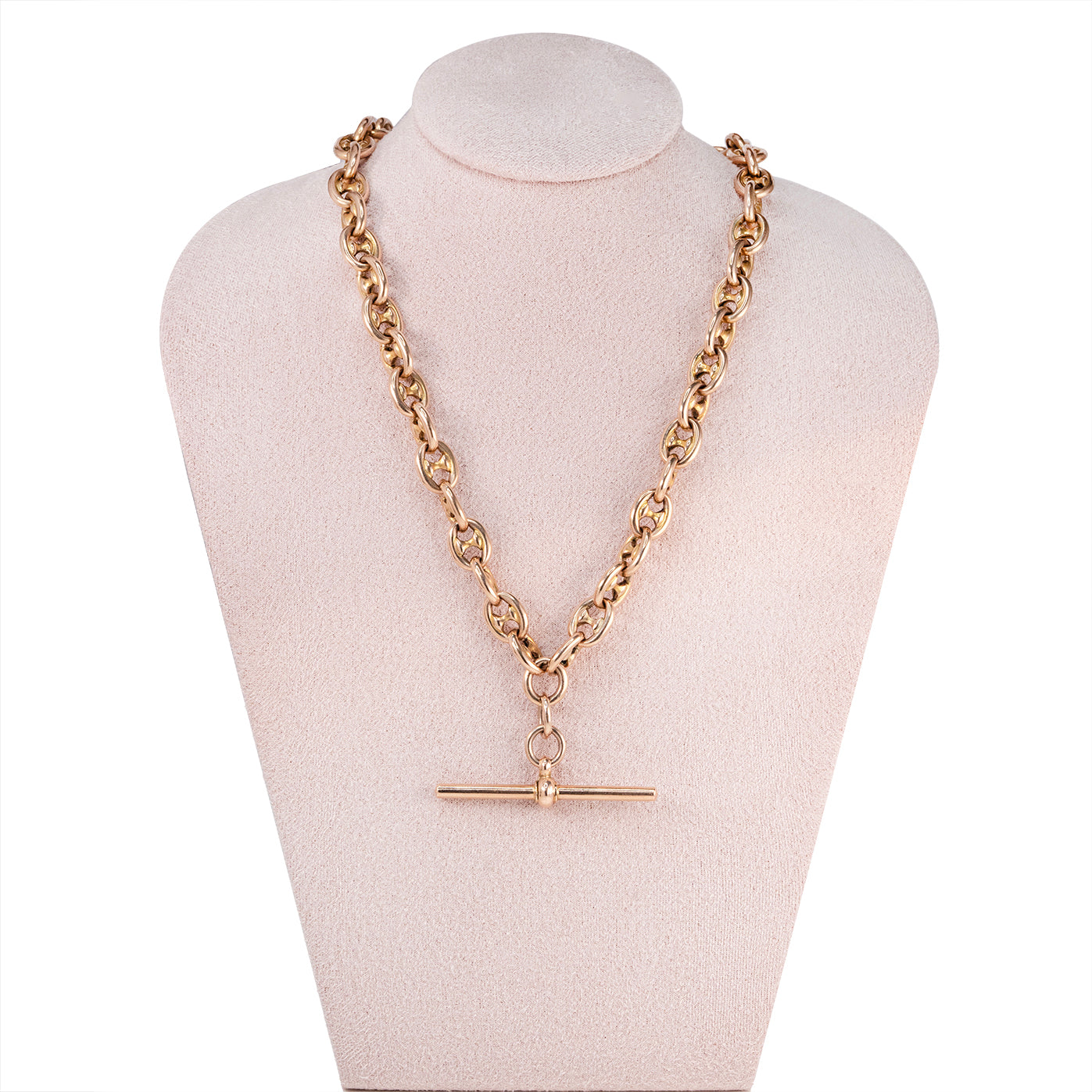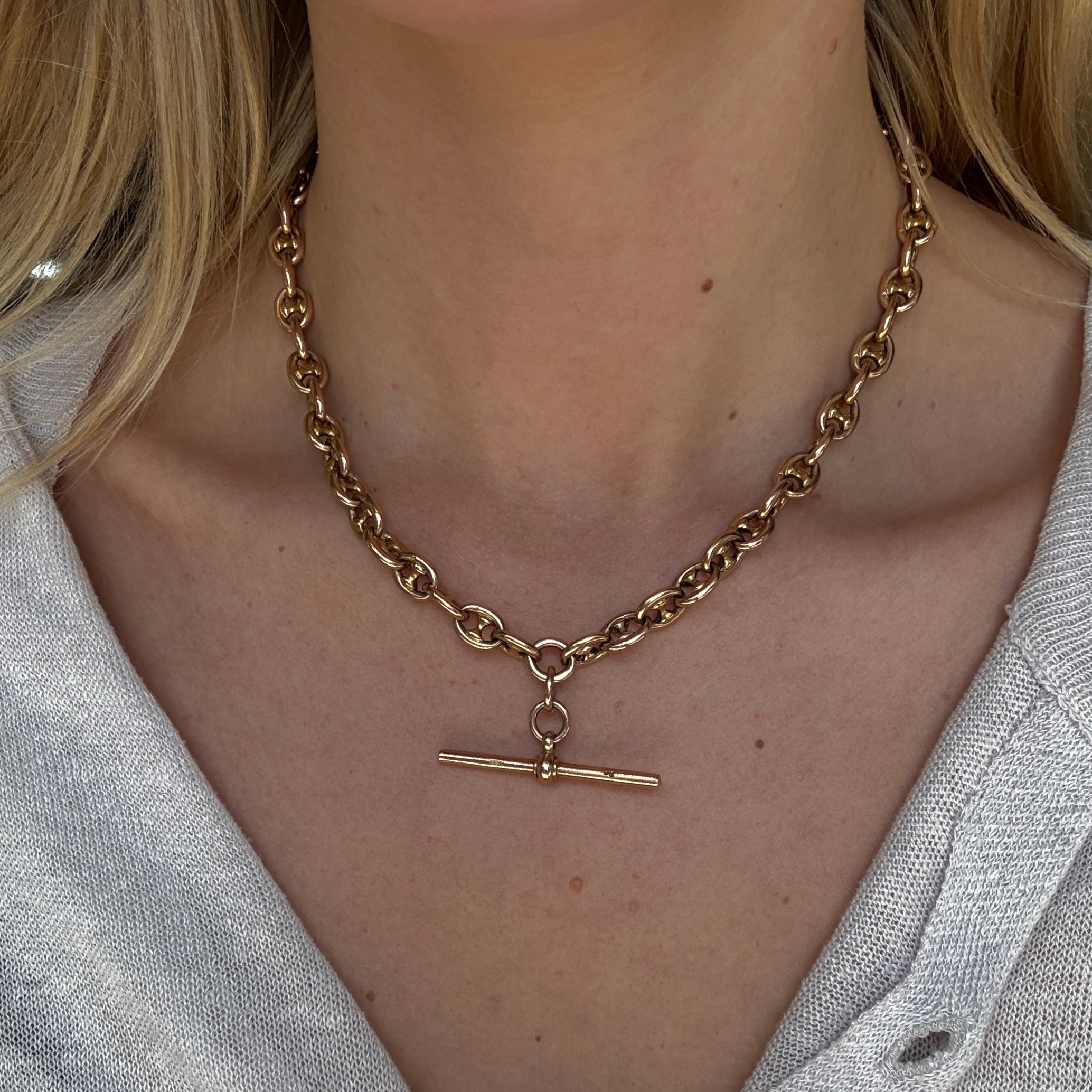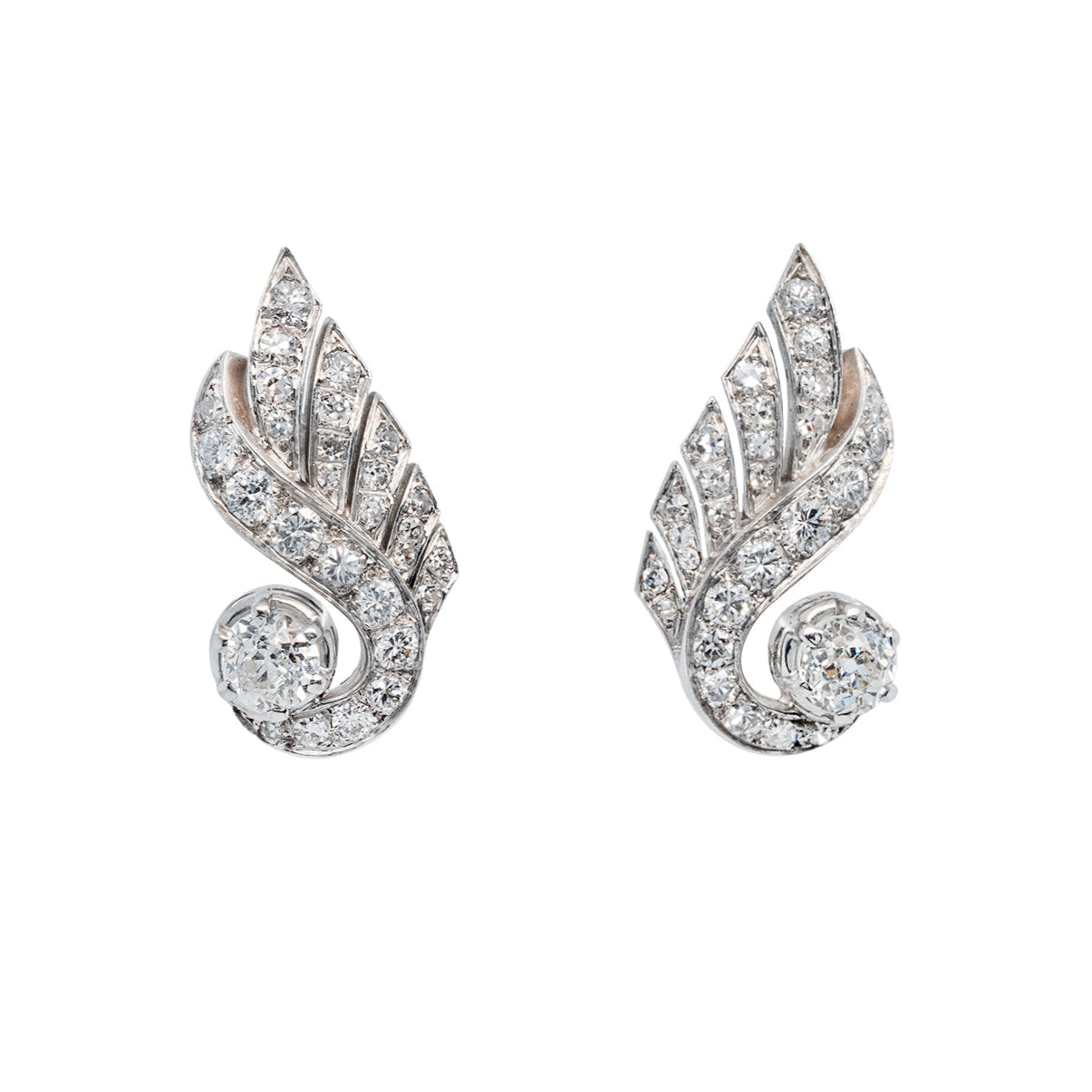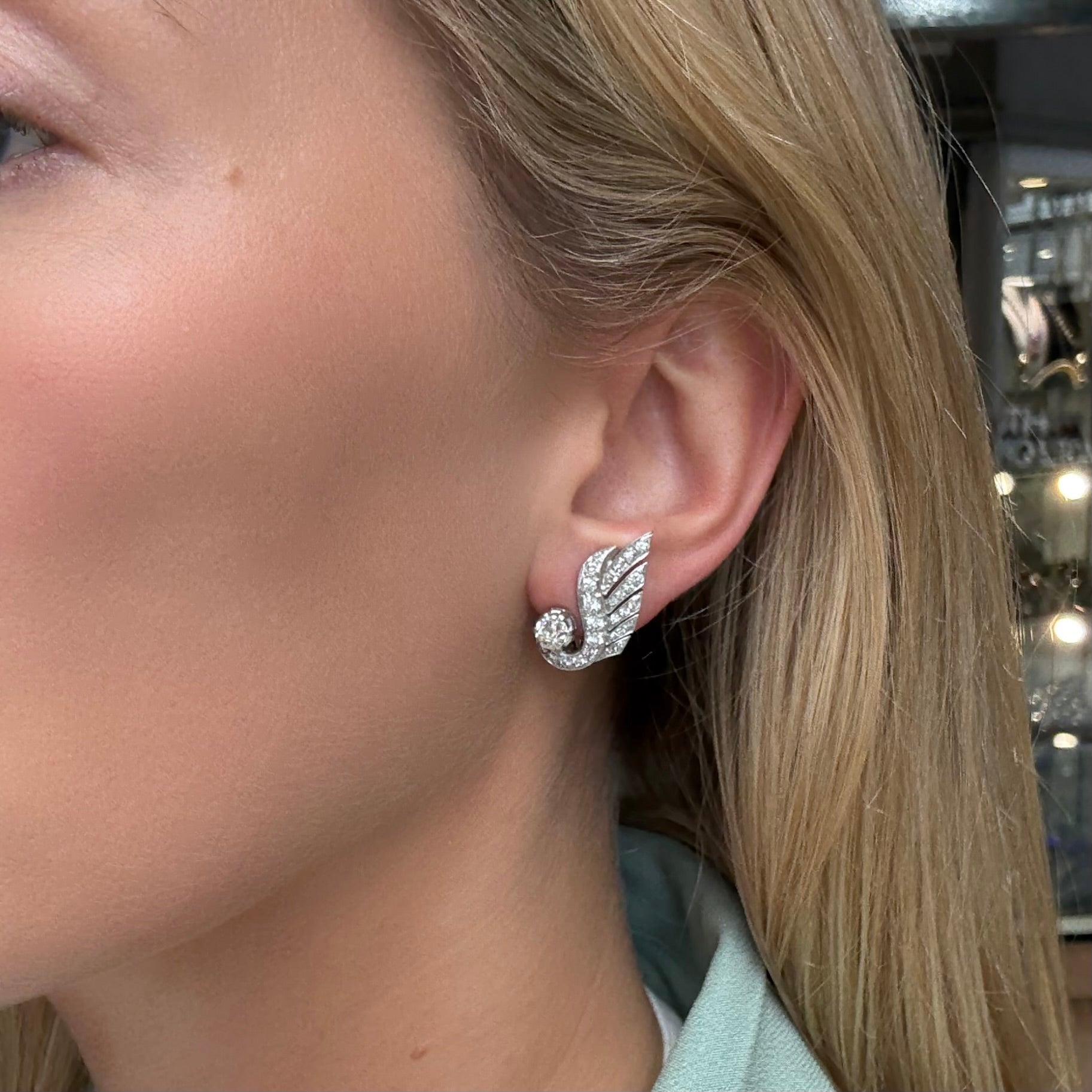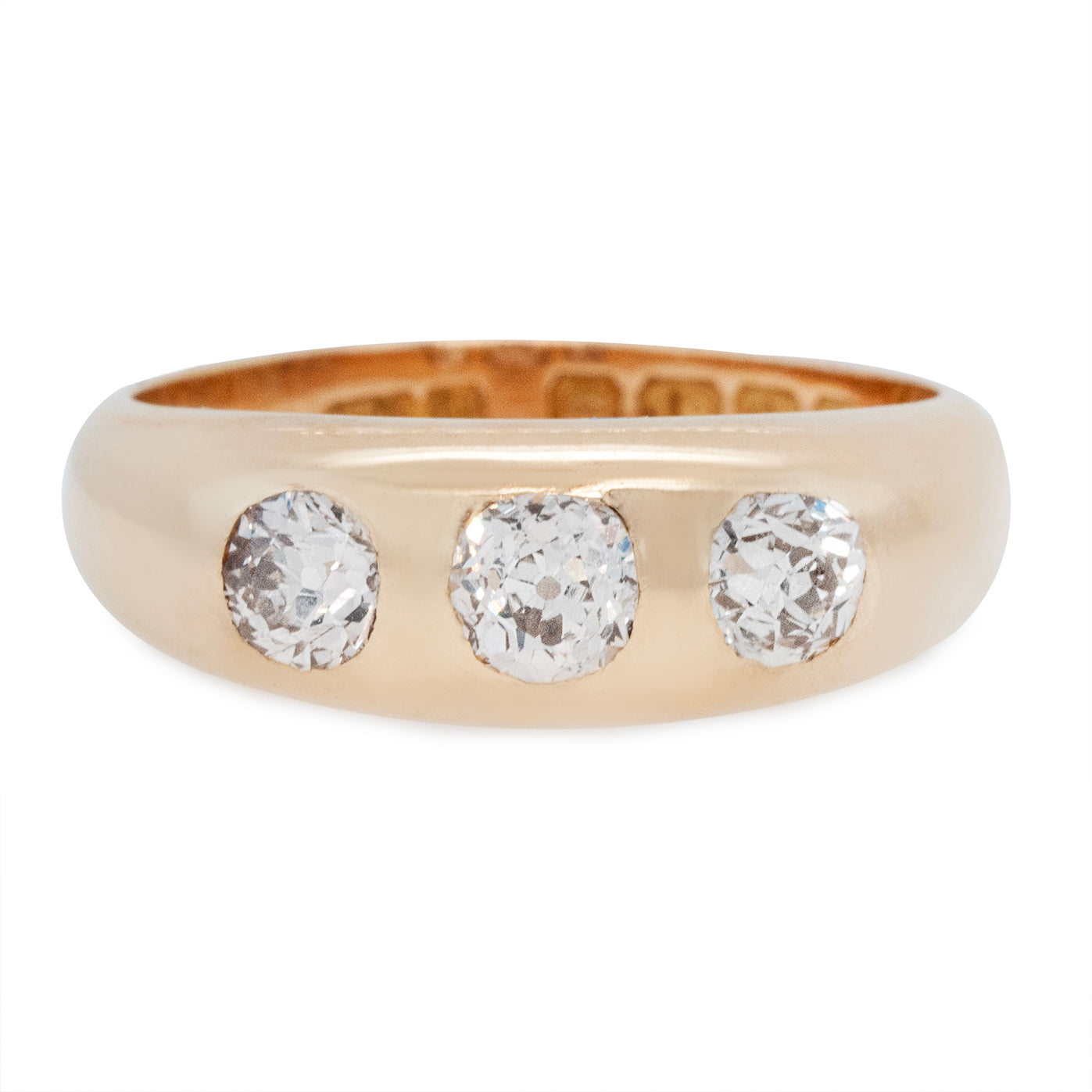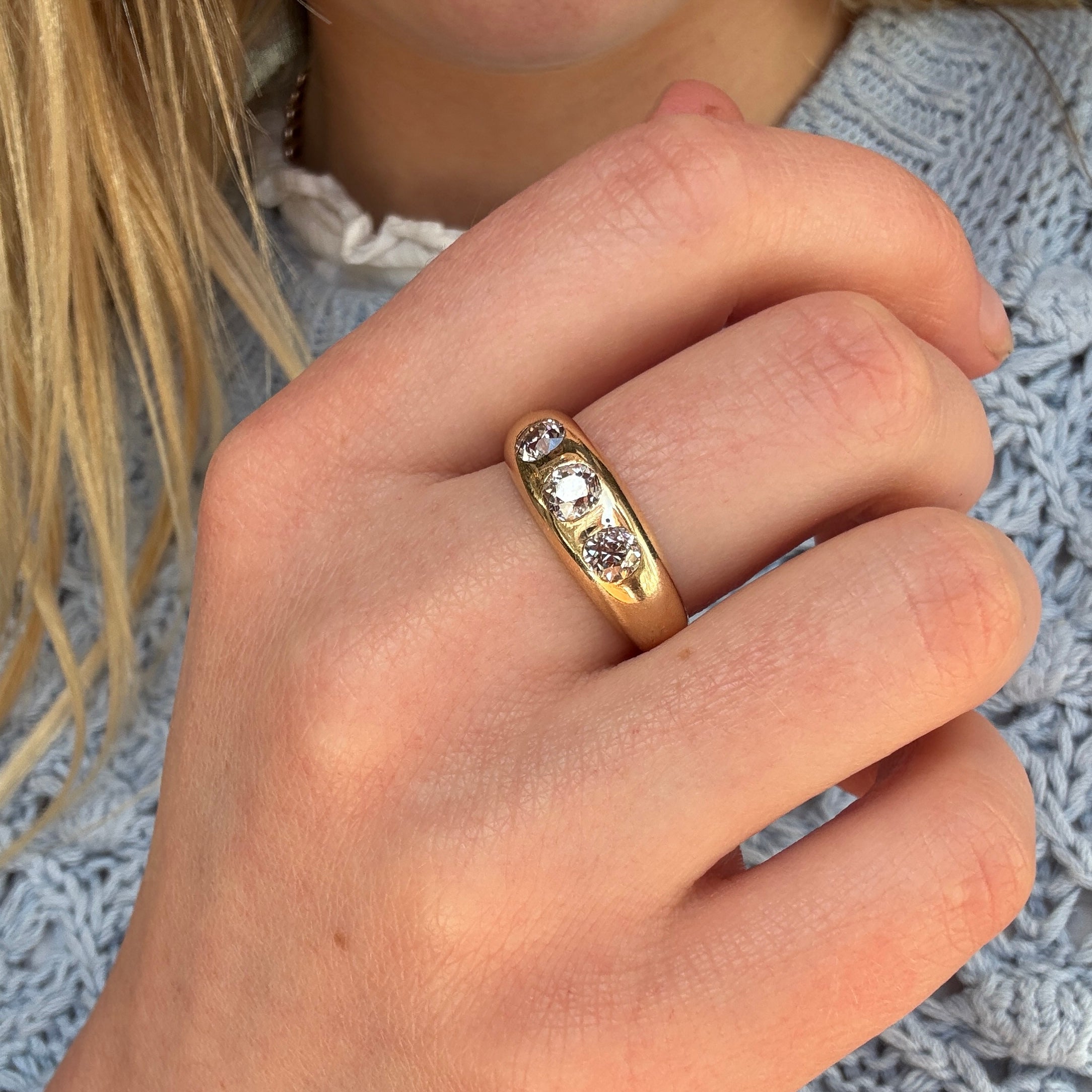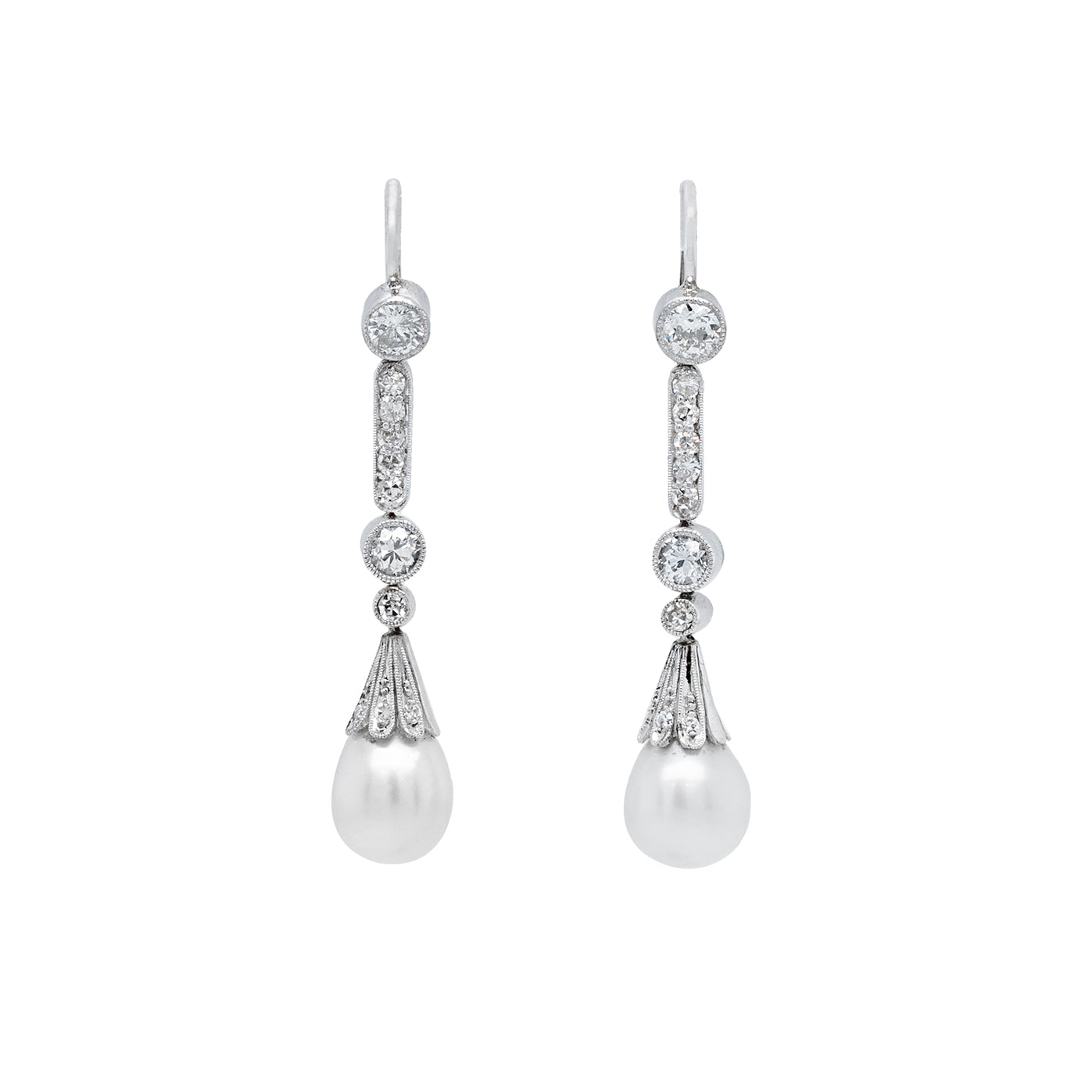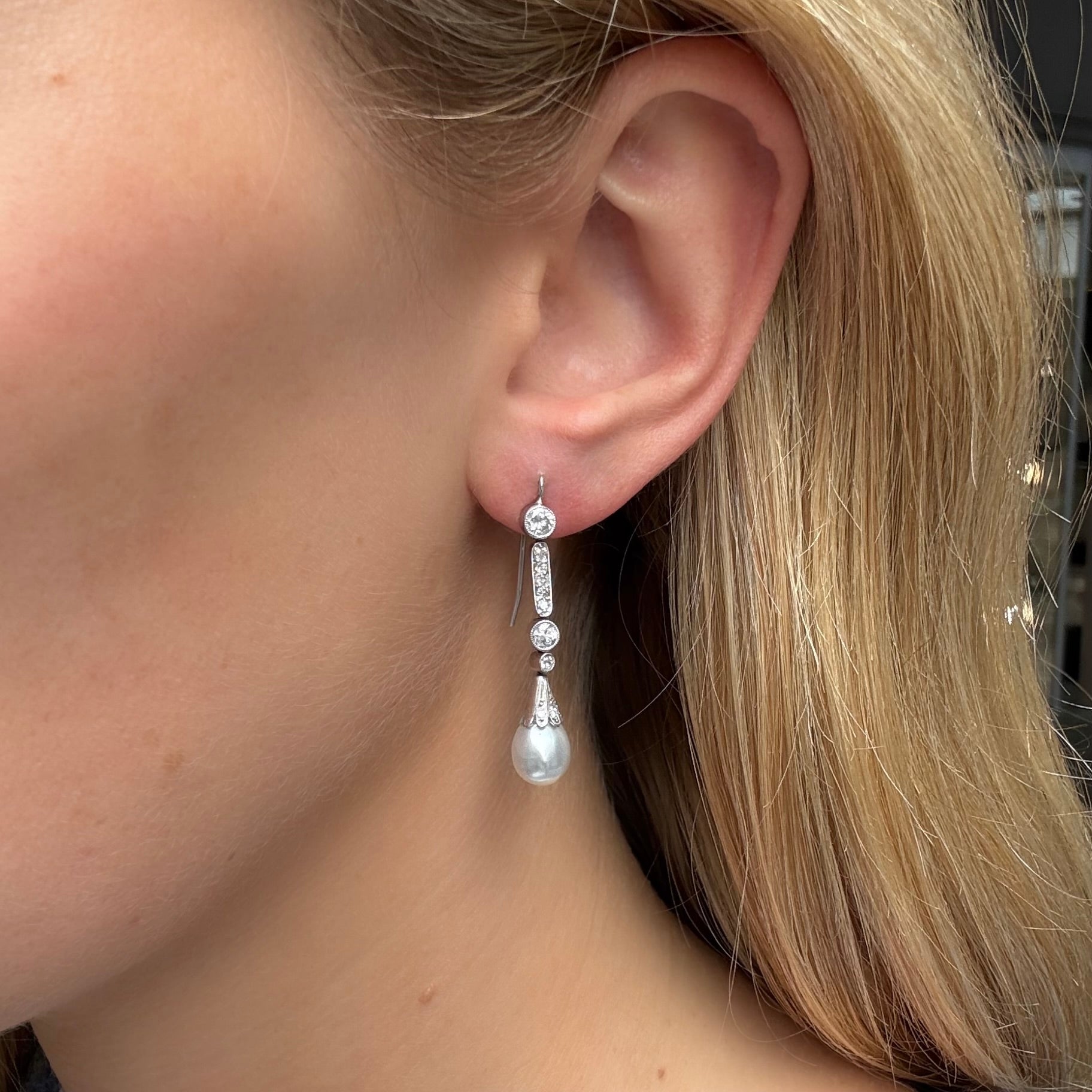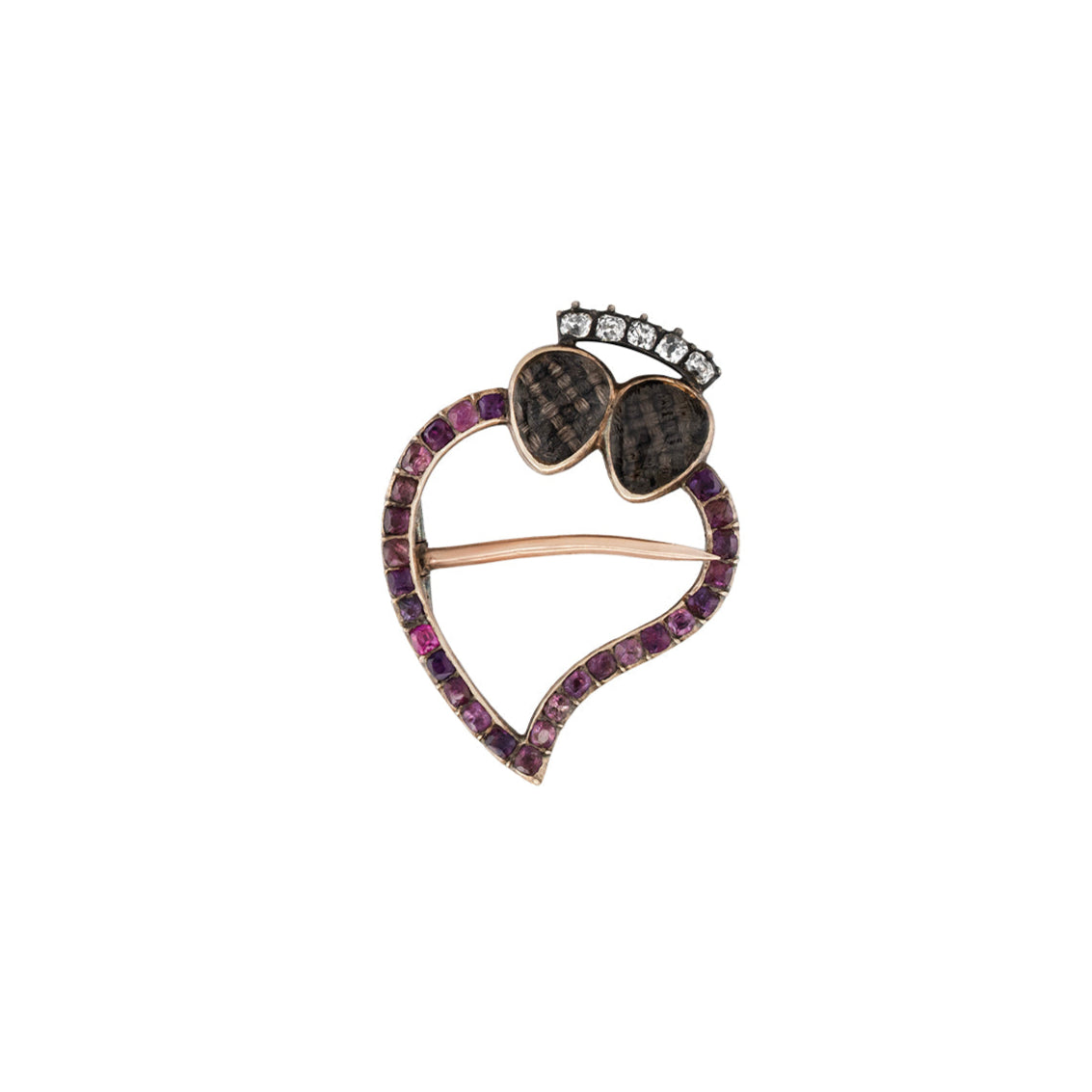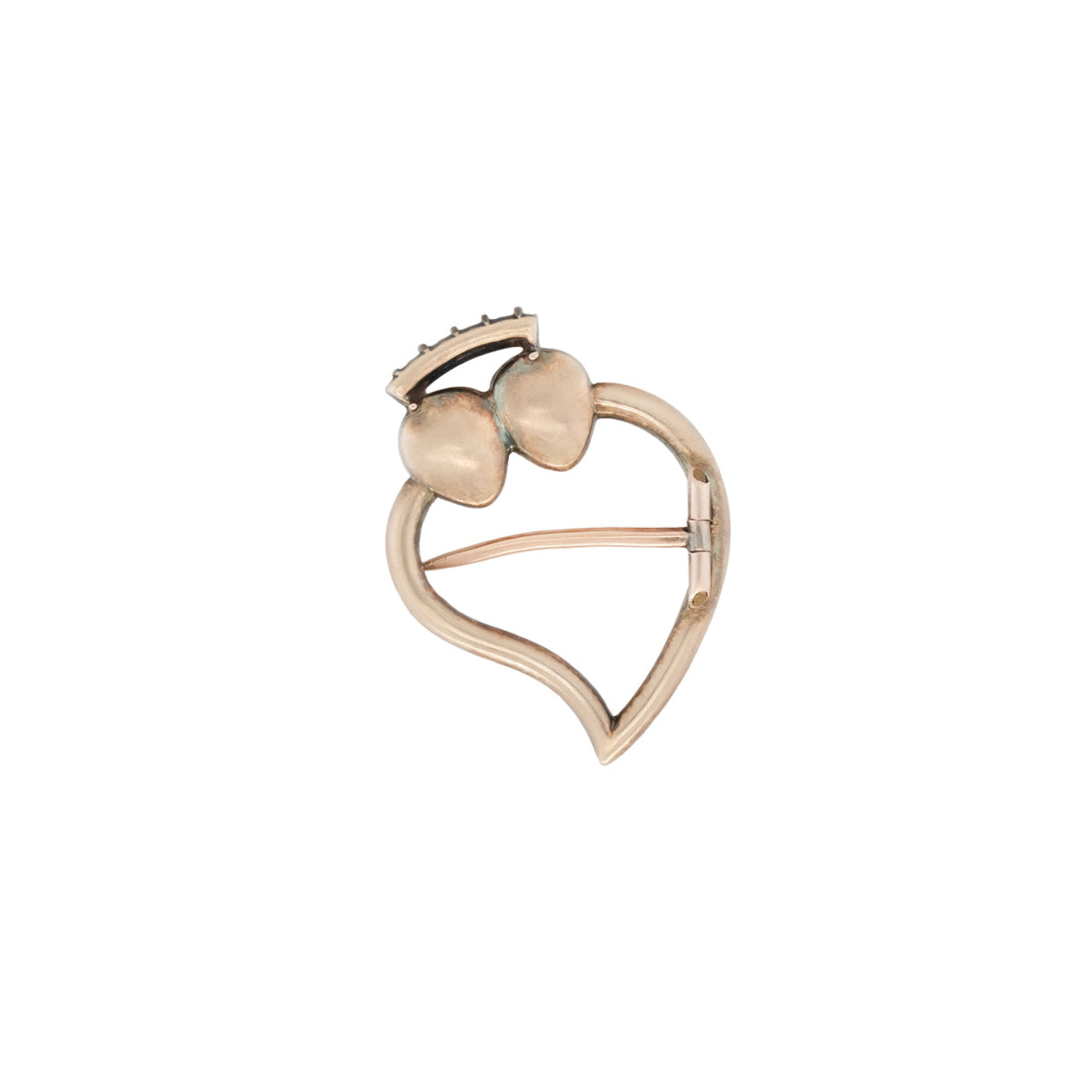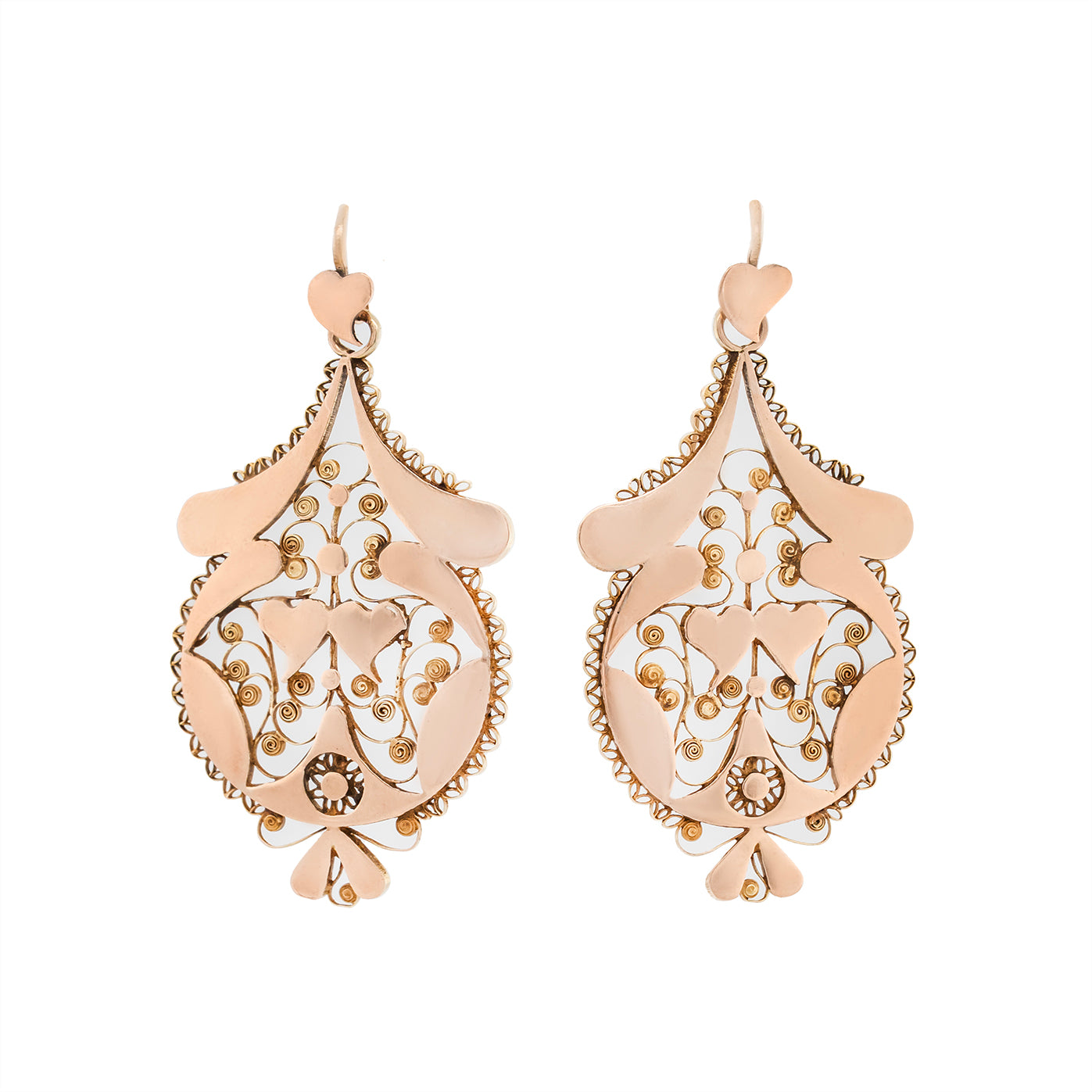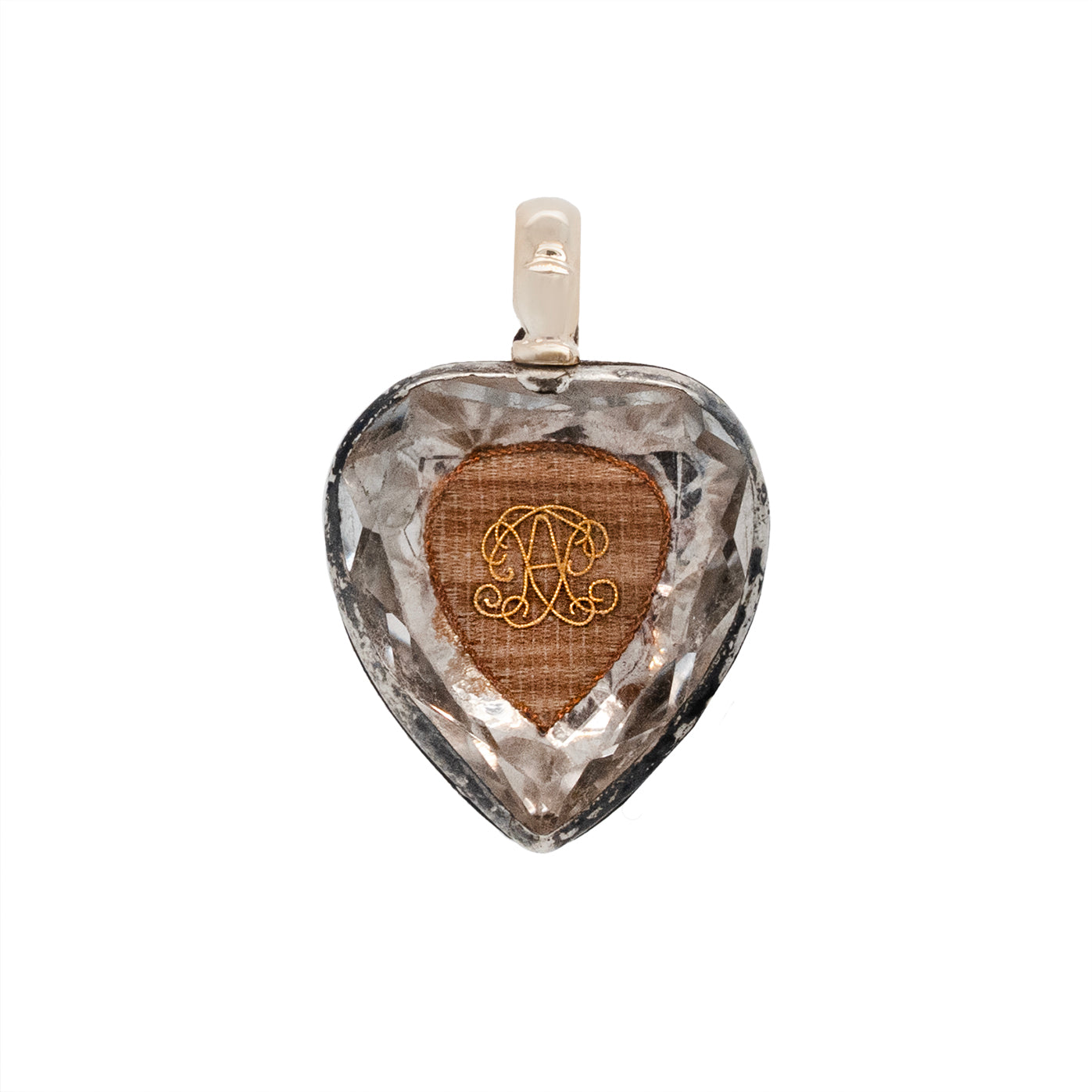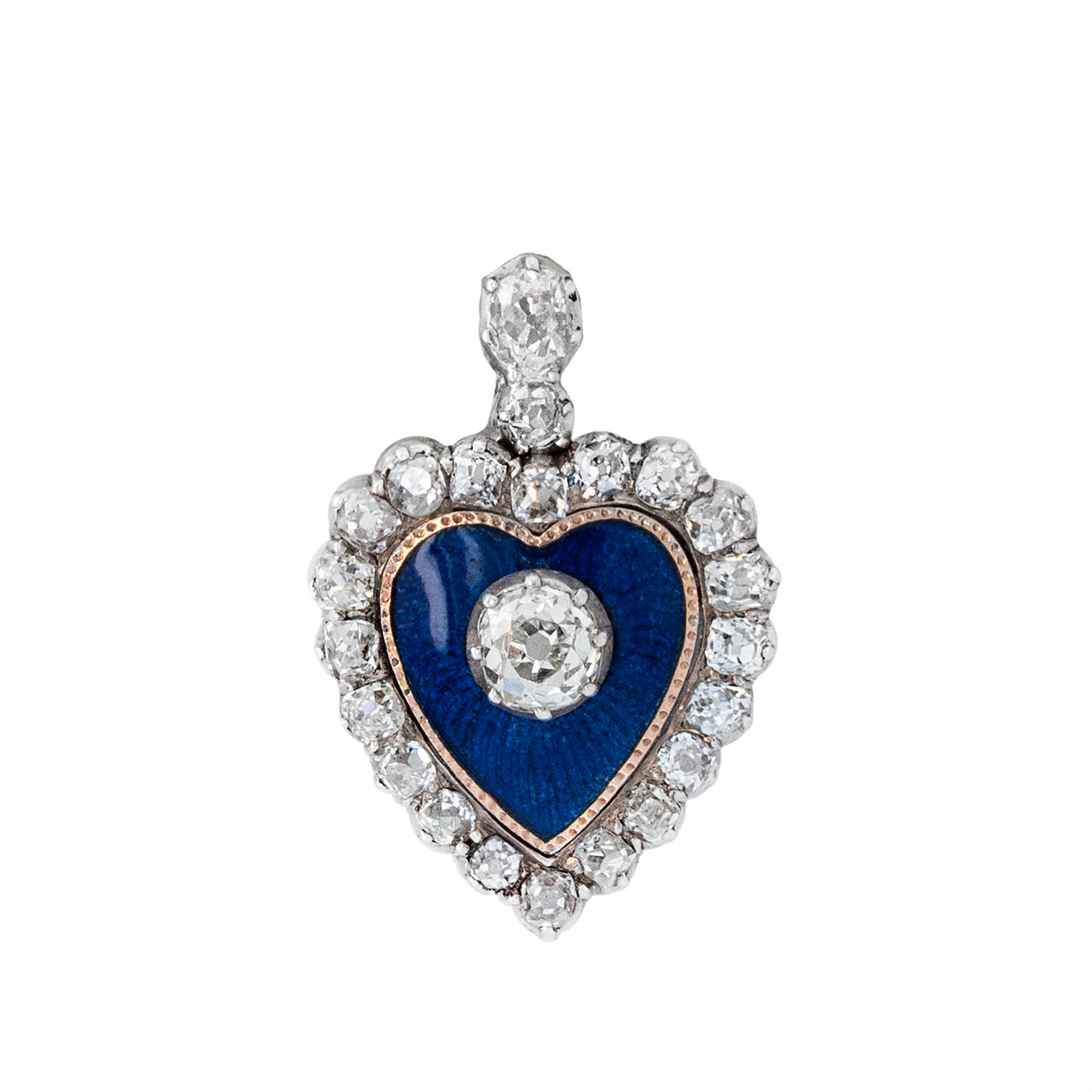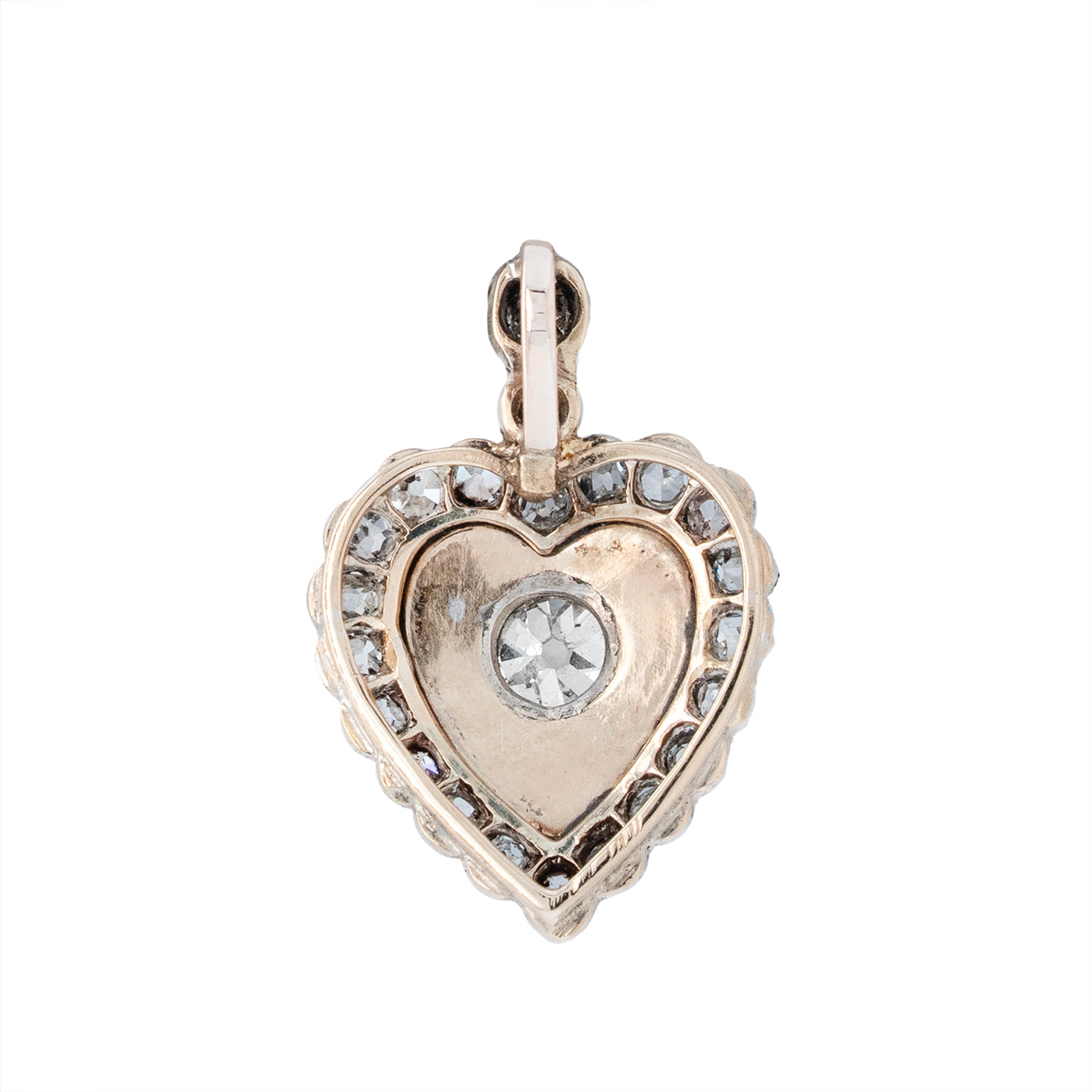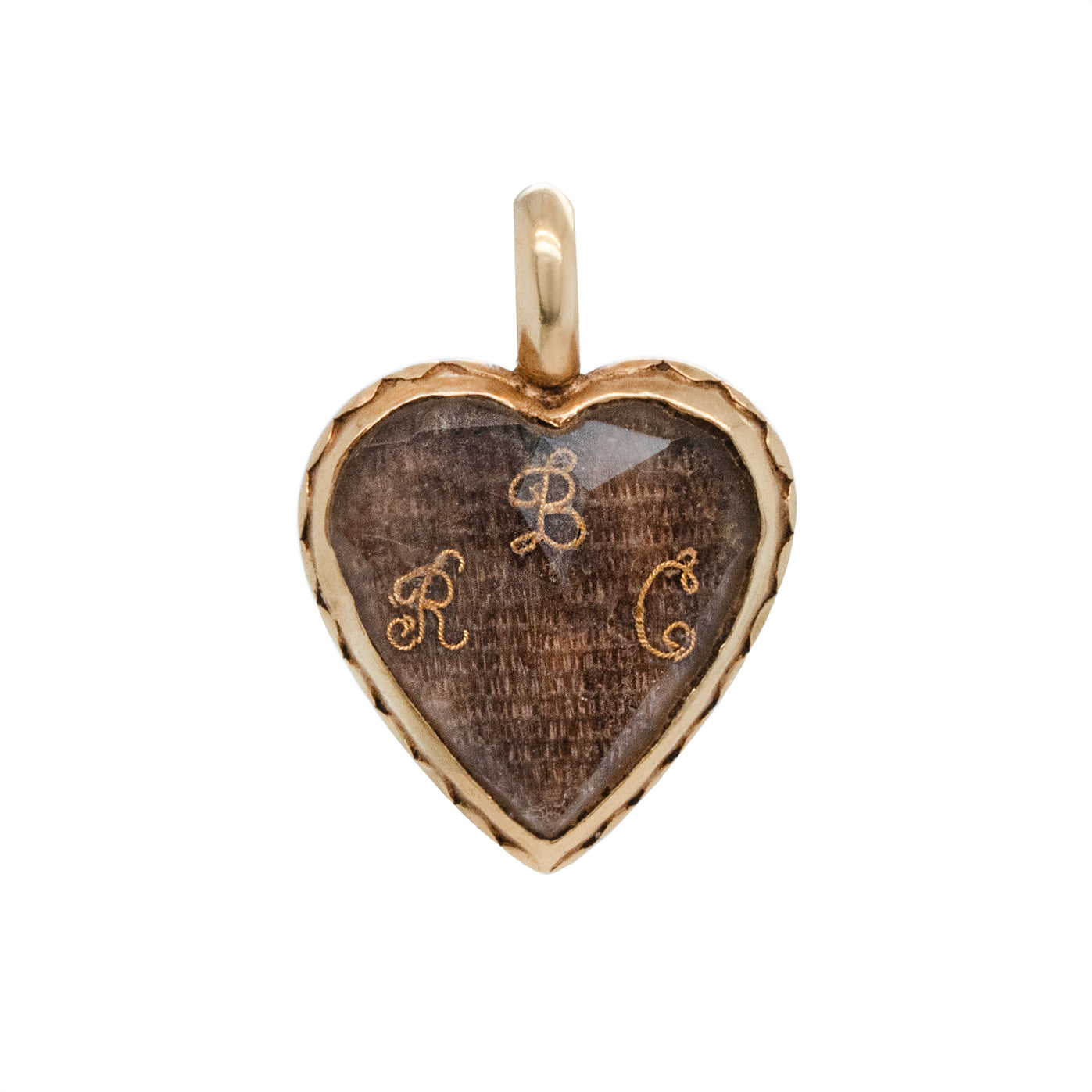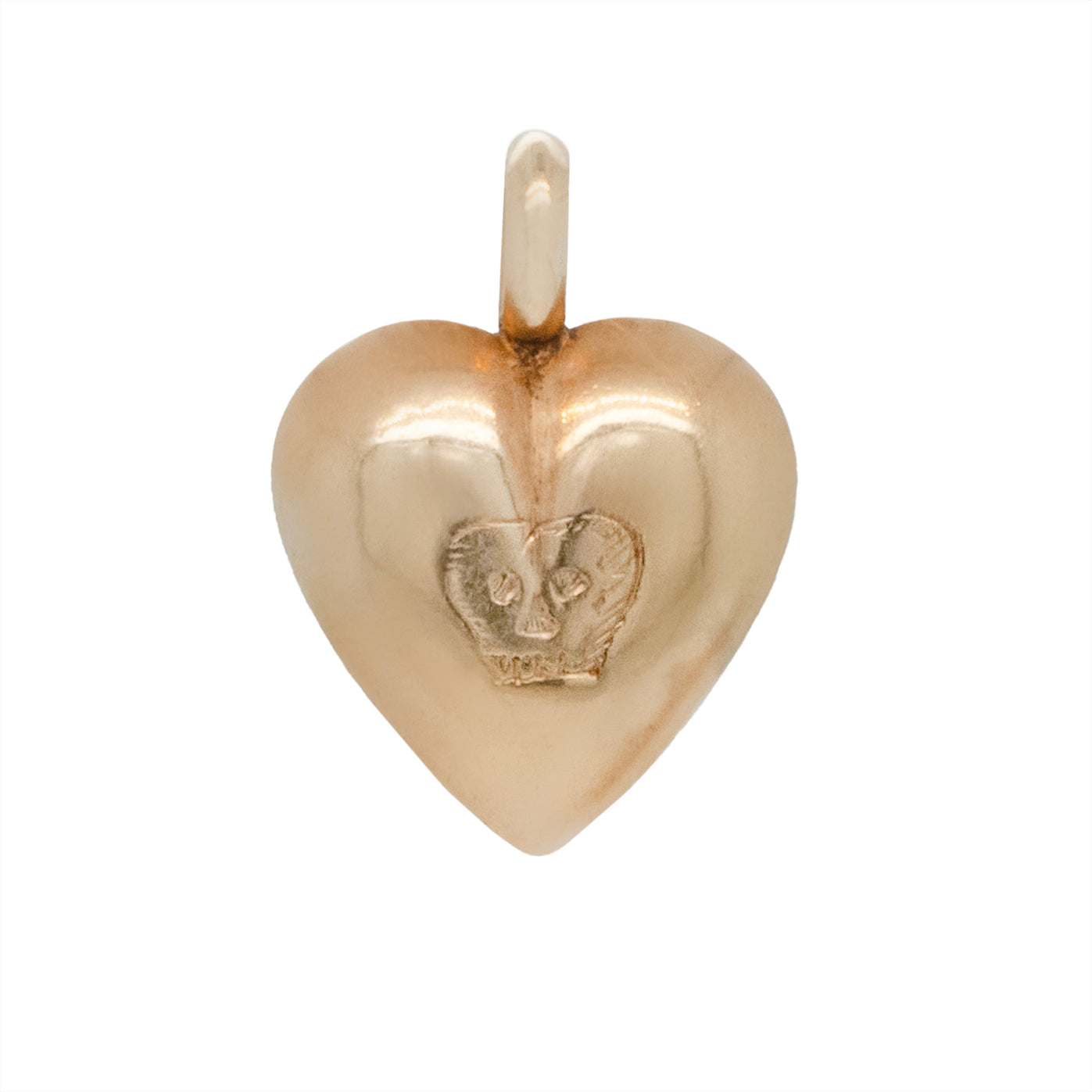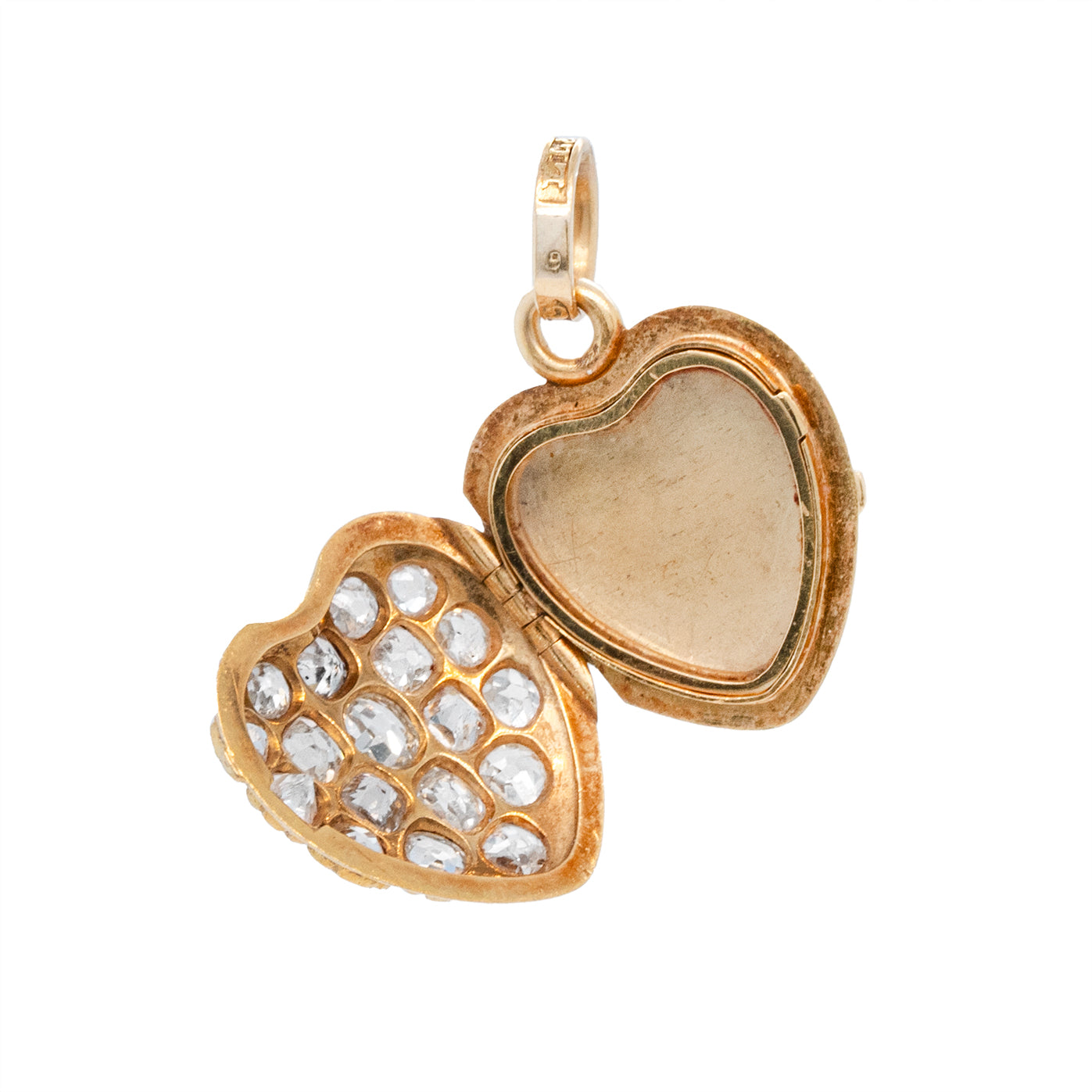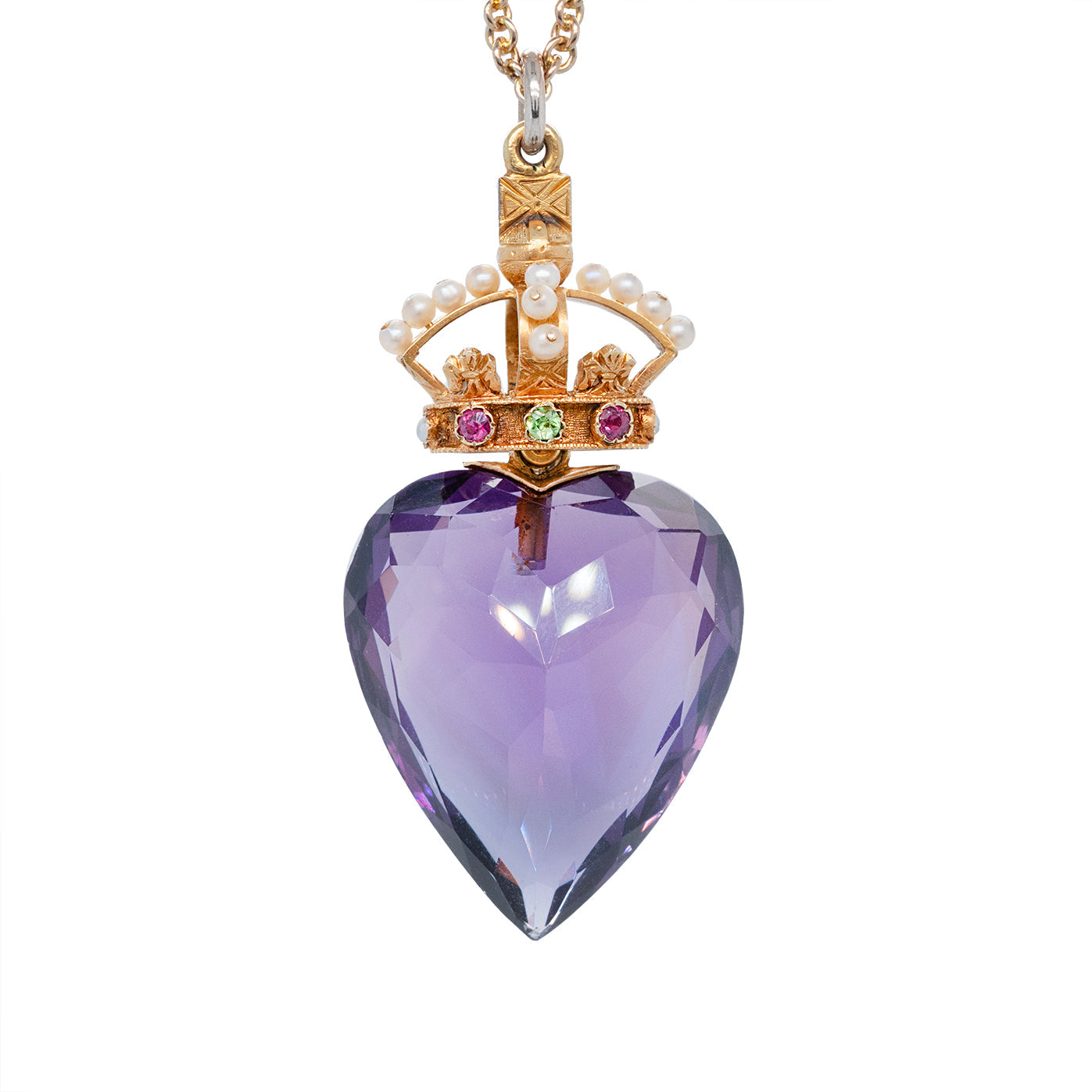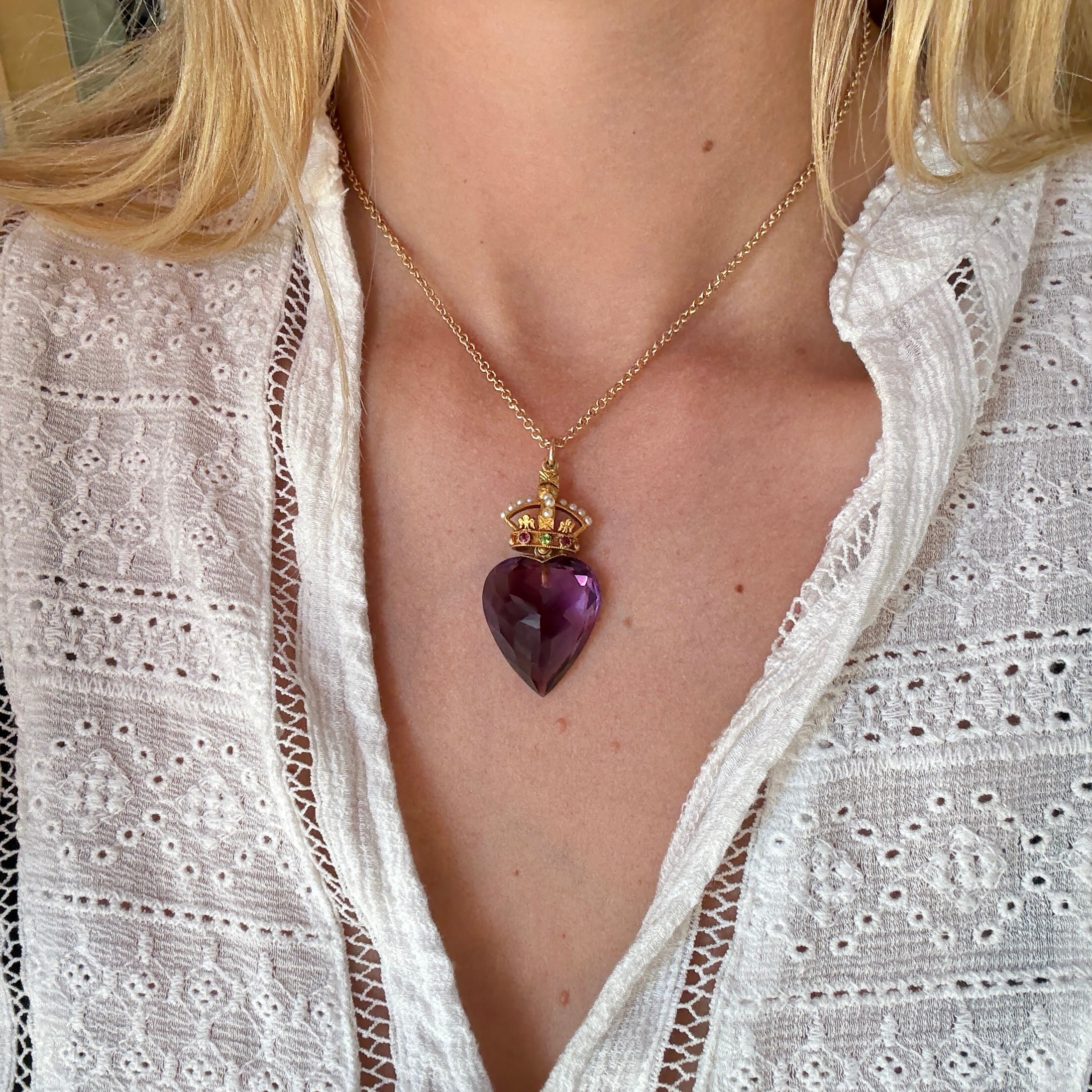Heart-shaped jewellery during the Victorian era was rich in symbolism, sentiment, and style. The Victorians had a deep appreciation for the language of jewellery, where each piece conveyed emotions, personal connections, and even coded messages.
The heart was a central symbol in Victorian jewellery, often representing love, affection, and devotion. It was also closely linked to notions of the soul, emotions, and romantic attachment, making it an ideal motif for sentimental pieces. The heart symbol was not only used to signify romantic love but also the deeper, more platonic bonds between family members and friends.
Victorian Era Phases and Heart Jewellery
Victorian jewellery spans several phases, and each had its own interpretation of heart motifs
- Early Victorian (1837–1860): During Queen Victoria’s early reign, romanticism was at its peak, and heart jewellery was often paired with other symbols of affection, like arrows (representing Cupid) or keys (symbolising access to one’s heart). The heart shape could be found in lockets, brooches, rings, and earrings.
- Mid-Victorian (1860–1880): This era introduced a more sentimental and somber tone, often influenced by mourning jewellery after the death of Prince Albert in 1861. Heart-shaped pieces were sometimes incorporated into memorial jewellery, often with engraved initials, lockets containing hair, or black enamel to symbolise grief. These items might have inscriptions like “Eternal Love” or “Forever in My Heart.”
- Late Victorian (1880–1900): This period saw a shift toward more intricate designs, with hearts becoming more elaborate and decorative. Filigree, enamel work, and coloured gemstones like diamonds, sapphires, and garnets were often used to create ornate heart-shaped lockets, rings, and pendants. Hearts were sometimes combined with floral designs or intricate patterns of scrollwork, showcasing the transition toward a more refined and elegant aesthetic.
Materials and Craftsmanship
Victorian heart jewellery was crafted from a wide range of materials, from gold (rose gold became especially popular in the mid-to-late Victorian period) to silver, with gems like diamonds, garnets, and turquoise being commonly used. The intricate craftsmanship made each piece a work of art, often reflecting the personal taste of the wearer. In some cases, heart jewellery was set with diamonds or other gemstones to represent the purity and beauty of love.
Victorian Heart Lockets
Victorian lockets in heart shapes were particularly popular. These pieces often held a photograph or lock of hair and were given as gifts between lovers or family members. A heart-shaped locket would allow a person to keep a small piece of their loved one close to their heart, quite literally.
Sentimental Value
Because the Victorian era was deeply sentimental, jewellery—especially heart-shaped pieces—was frequently given as tokens of affection, often with personal engravings. Victorian heart jewellery could also be passed down through generations, becoming family heirlooms, further increasing its sentimental value.
Mourning Jewellery
Heart motifs also appeared in Victorian mourning jewellery, which was a popular way to memorialise deceased loved ones. These pieces might feature dark stones, enamelwork, or engraved messages like "In Loving Memory" alongside a heart. These sentimental pieces were worn to honor a lost spouse, child, or other family members, and the heart was a symbol of enduring love even after death.
Love Tokens
Heart-shaped brooches, rings, and lockets were also exchanged as love tokens during engagements and weddings. Sometimes, these would be engraved with initials, significant dates, or special messages. It was common to give a heart-shaped jewel as a way of conveying commitment or affection, often in the form of a small keepsake for someone special.
